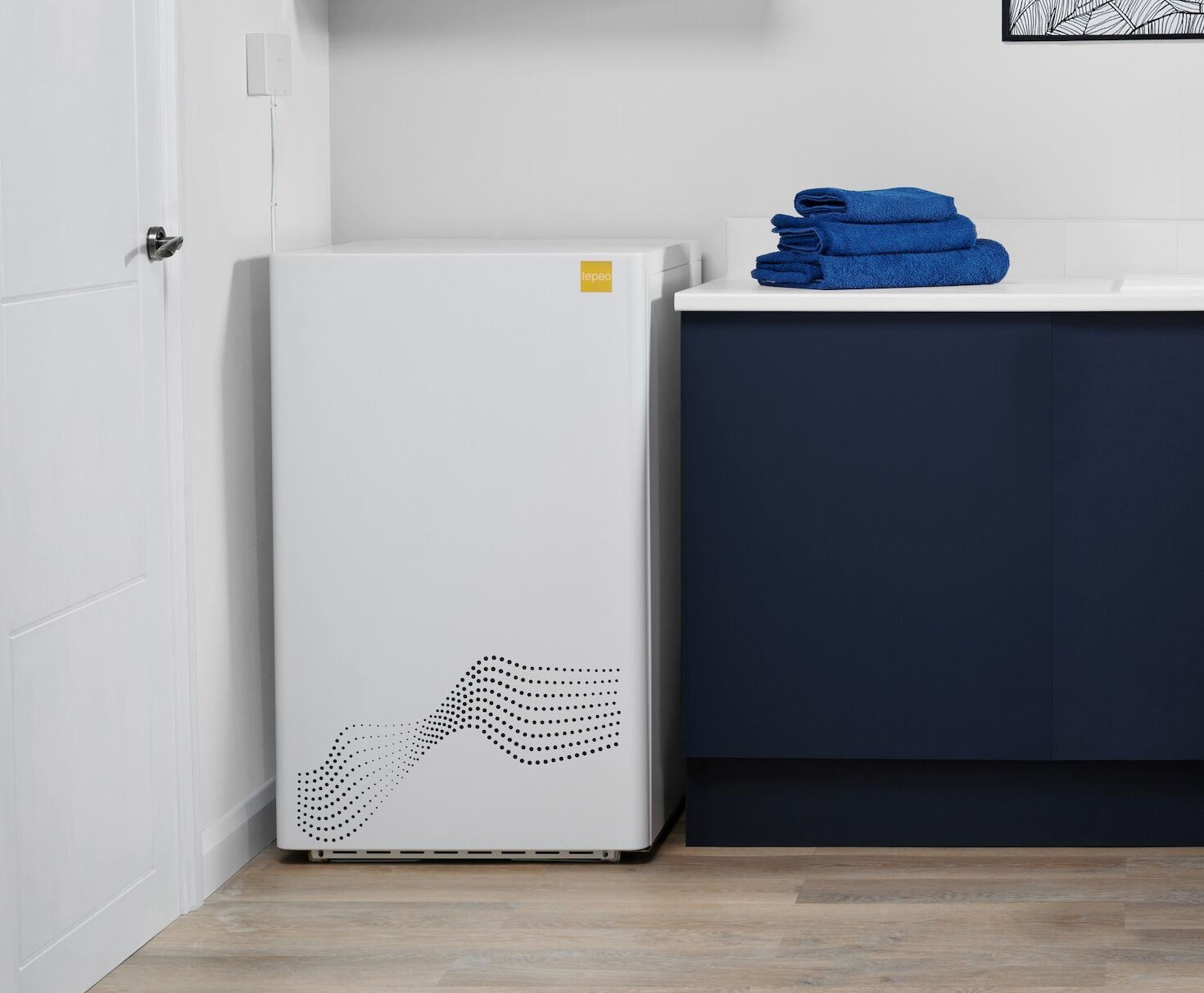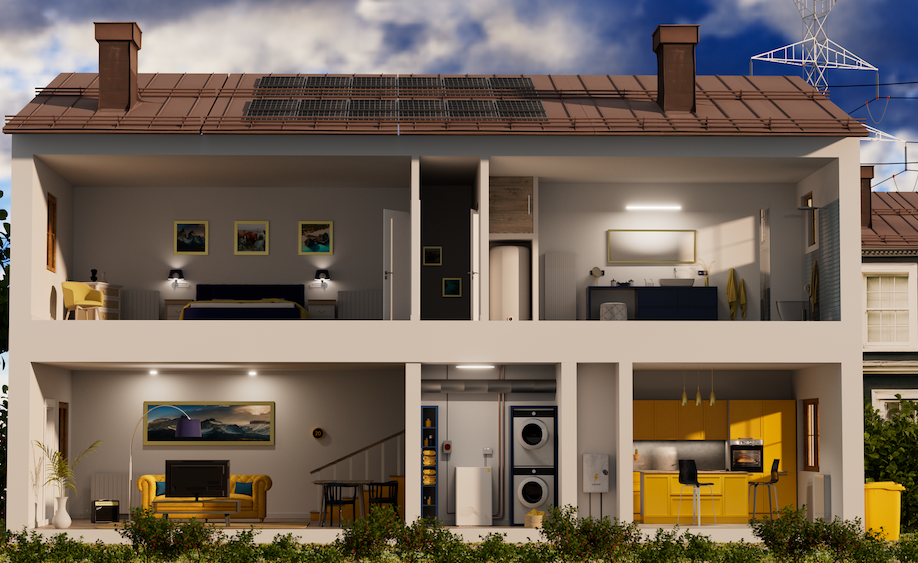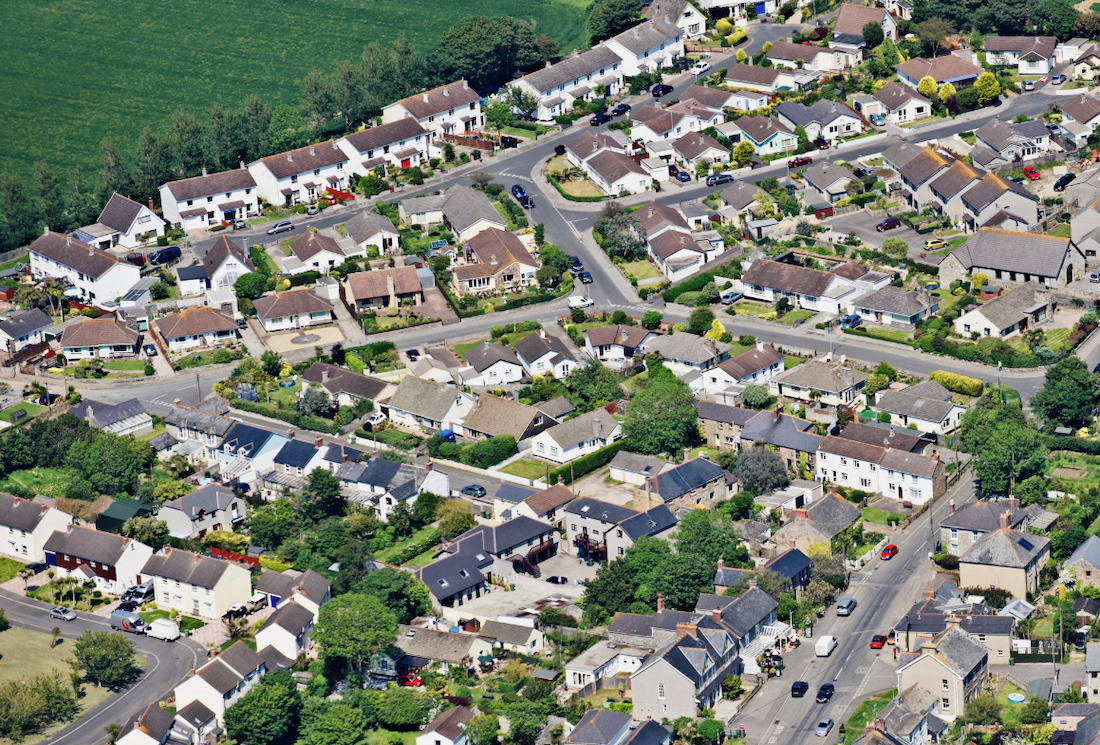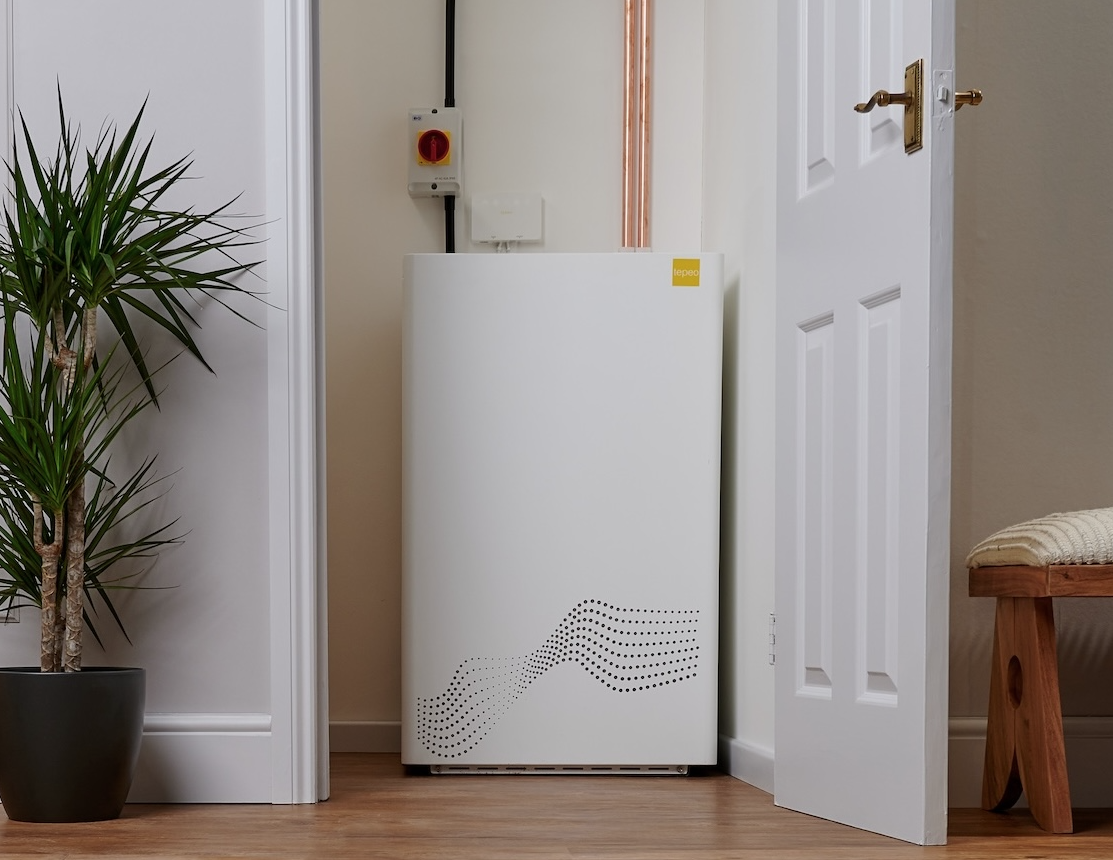Choosing the right tariff for your home
Many electricity suppliers offer tariffs with cheaper rates during off-peak hours—usually overnight or midday—when electricity demand is low. These are called Time-of-Use, Smart, or Dynamic tariffs. The ZEB can also work with EV tariffs, if you have an electric vehicle already. With the right tariff, you can enjoy significant savings while making your energy use greener.
Finding the best tariff depends on your lifestyle and what other green technologies you have at home, like an electric vehicle or home battery. We’ve created this guide to help you better understand the different types of tariffs available and how they can work for your ZEB.







